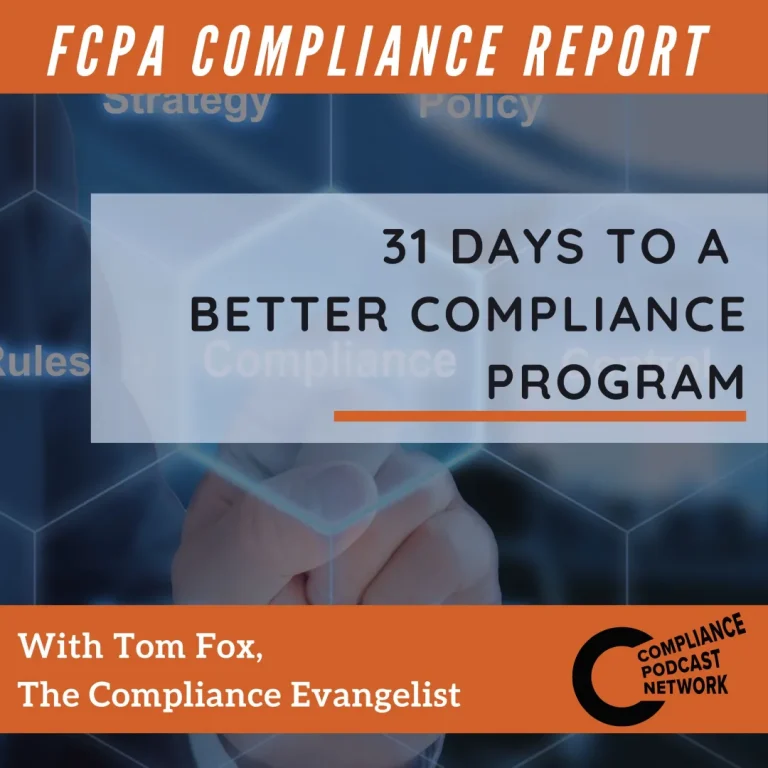How can you work to operationalize your Code of Conduct as articulated in the DOJ 2023 Evaluation of Corporate Compliance Programs (ECCP)? The 2023 ECCP focuses not on whether a company has a paper compliance program but whether a company is actually doing compliance. A company does compliance by moving it into the functional business units as a part of an overall business process. That is what makes a compliance program effective at the business level. There are several different parts of the 2023 ECCP that touch upon your Code of Conduct.
The Code of Conduct design and implementation process enshrine your company’s values. Those are set by senior management and their input and support for any code project, whether initial draft or update, is critical. This gets to the heart of operationalization and demonstrates how a Code of Conduct can work to meet the DOJ requirements. As an early part of your design and drafting process, you should assemble a cross-functional team. This is important for several reasons. First, diversity in your team will help produce a more well-rounded final product. But having such team diversity will also assist in your benchmarking effort, coupled with those who are going to help you out looking at designs and maybe helping forge the design of the code. Finally, you can use a group to help in the drafting, redrafting and editing process. This diversity will help you to answer all of the DOJ questions from the 2019 Guidance in a manner consistent to support operationalization.
All of these requirements point to getting out and making your Code of Conduct a part of the very fabric of your organization. By using some or all of these strategies, you will have a good starting point. But it is more than simply rollout and training. There must be ongoing communications as well.
Three key takeaways:
- What has been the role of senior management in the creation or update of your Code of Conduct?
- How have you worked with employees outside the compliance function to lay the groundwork for fully operationalizing your Code of Conduct?
- How have you measured the effectiveness of your Code of Conduct training?
For more information, check out The Compliance Handbook, 4th edition, here.



